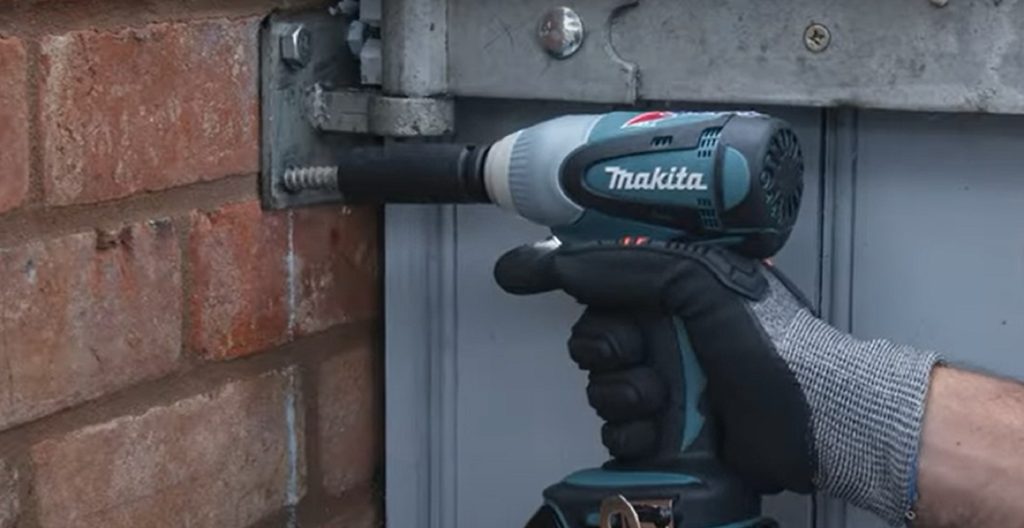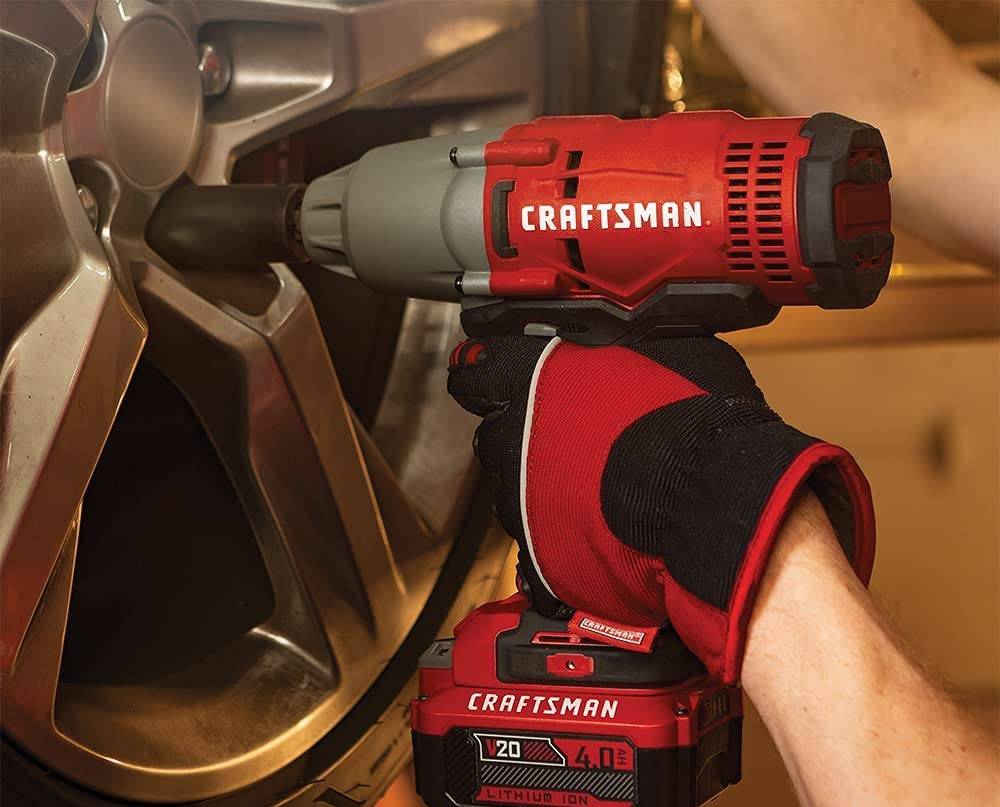Impact wrench is a tool that is handy for all work, but need to know when not to use an impact wrench?
When it comes to managing automotive repair needs, an impact wrench can be a highly useful tool. However, it’s also important to know when an impact wrench should not be used. This blog post will cover the best practices for when not to use a wrench.
An impact wrench is a powerful handheld tool that delivers high torque for a wide range of fastening and loosening jobs. The tool permits quick and easy access to a large number of bolts and nuts, but it’s important to use it only when the job requires it.
Unfortunately, many people make the mistake of using a wrench for any type of fastening or loosening job, unaware that this can cause significant damage.
Using an wrench for a job that does not require its power can lead to stripped threads, stripped fasteners, or other irreparable damages. It also increases the risk of injury due to the tool’s powerful torque. So be careful and use it with enough precaution.
When not to use an impact wrench? Do not attempt to use an impact wrench on screws that are too long or too short
Do you want to know When not to use an impact wrench? One of the most important things to remember when using a wrench is to not attempt to use it on screws that are too long or too short.
If a screw is too long, the impact wrench will not be able to properly grip it and turn it, leading to you potentially damaging the screw or the impact wrench itself.
Likewise, if a screw is too short, the impact wrench may not be able to properly grip it and you may end up stripping the head of the screw. When in doubt, use a manual screwdriver instead.
Do not use a wrench on parts that are not designed to withstand the level of torque the tool can produce
When using an impact wrench, it is important to remember not to use it on parts that are not designed to withstand the level of torque the tool can produce.
A common mistake is to use an impact wrench on parts such as bolts, nuts, and screws that are unable to handle the power of a wrench.
This can cause the fastener to break, strip, or otherwise become damaged, leading to an unsafe and unreliable connection.
Additionally, using an impact wrench on parts that are not designed to take the strain can cause the parts to wear out more quickly or even fail completely. Therefore, it is important to always check the manufacturer’s specifications before using a wrench to ensure that the parts can handle the power of the tool.
Do not use an impact wrench on soft metals like aluminum as it could easily cause damage
Do you want to know When not to use an impact wrench? One of the most important things to remember when using a wrench is to not use it on soft metals like aluminum.
An impact wrench is designed to deliver quick and powerful bursts of torque, and when used on soft metals like aluminum, it could easily cause damage by stripping or cracking the metal.
To avoid this, it’s important to only use an impact wrench on metals that are designed to handle the amount of force it produces, such as steel or other hard metals.
Do not use an impact wrench on screws that are rusted or corroded
Really Do you want to know When not to use an impact wrench? When dealing with a screw that is rusted or corroded, it is important to not use an impact wrench to avoid damaging the screw. If a screw is rusted or corroded, it is likely to be very fragile and the torque of the wrench could cause it to break.
To securely remove the screw without damaging it, it is best to use a liquid lubricant and a hand or power screwdriver to loosen it. If the screw cannot be loosened with a screwdriver, then a screw extractor should be used instead. If these methods are unsuccessful, then the screw should be left in place and the surrounding material should be replaced.
Do not use a wrench on screws that are already tightened
Impact wrenches are incredibly useful and versatile tools, but like with all power tools, they should be used correctly to ensure the best results and to prevent any potential damage.
One key thing to remember when using an impact wrench is to never use it on screws that are already tightened. Impact wrenches are designed to be used for loosening screws and bolts, as the high torque and power can cause the screw to become damaged if it is already tight.
Using an impact wrench on an already tightened screw could also cause the screw to be over-tightened and cause damage to the tool or the fastener.
Do not use an impact wrench on a bicycle or other delicate machinery
So when you use decide When not to use an impact wrench? When it comes to using an impact wrench, it is important to remember that it is a powerful tool that should not be used on certain types of delicate machinery. One of the items that should never be used with a wrench is a bicycle.
Bicycles are made from lightweight and delicate components that can be easily damaged by the torque of a wrench.
For example, the bolts and nuts that hold a bicycle together can be easily stripped or damaged if you use a wrench when attempting to loosen or tighten them.
Additionally, the delicate components of a bicycle can be easily damaged if a wrench is used to apply too much torque to the fasteners. Therefore, it is important to remember that an impact wrench should never be used on a bicycle or other delicate machinery.
Do not use an impact wrench on screws with delicate threads
Do you want to know When not to use an impact wrench? When it comes to using a wrench, one of the most important things to remember is to never use it on screws with delicate threads.
Impact wrenches are designed to generate a significant amount of torque and force, which can easily damage the delicate threads of more delicate screws. If the threads on a screw become damaged, the screw may not be able to stay in place, compromising the overall integrity of the project.
Make sure to use a manual wrench or screwdriver to work with delicate screws.
Do not use an impact wrench to remove a seized bolt or nut
One of the most common mistakes people make when using an impact wrench is attempting to use it to loosen a seized bolt or nut. While a wrench can make short work of loosening a stubborn fastener, it is not designed for this task.
It is possible to damage the head of the bolt or nut, as well as the impact wrench itself, if you attempt to use it in this manner.
Furthermore, impact wrenches are not designed to apply enough torque to loosen a fastener that is already very tight. If you find yourself in this situation, use a socket wrench to manually apply pressure until the fastener is loosened.
Final say
In conclusion, impact wrenches may seem like the perfect tool for a variety of jobs, but they can be a liability if used incorrectly. Knowing when not to use an impact wrench, along with proper safety measures, can help ensure you get your job done right and help you avoid injury. Educating yourself and understanding the limitations of your tools are essential for any successful DIY project.



